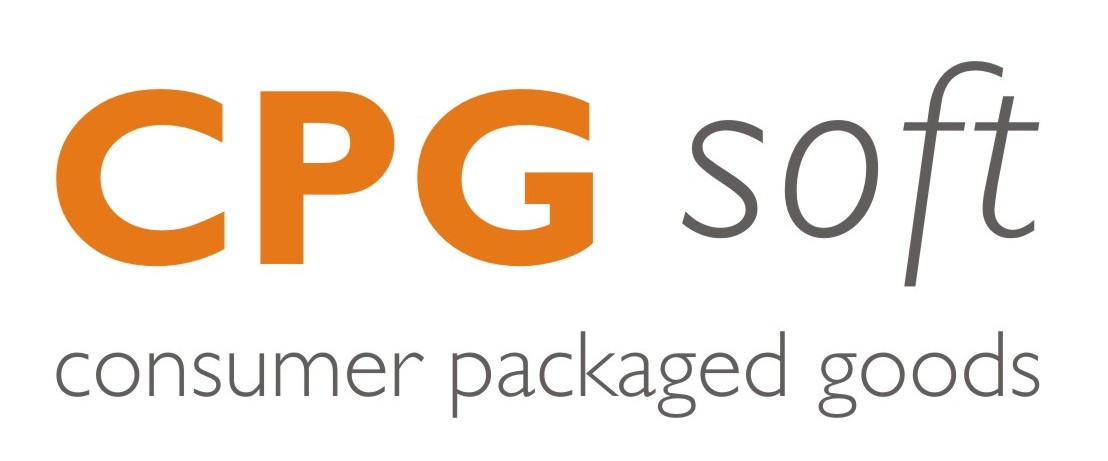CPG – The Ultimate Guide to Understanding Consumer Packaged Goods
Consumer Packaged Goods or CPG is a term that refers to products that are sold to consumers in a packaged form. These products are typically consumed or used in the home, and include items such as food, beverages, cleaning supplies, and personal care products. In this article, we’ll dive deeper into what CPG is, its significance in the marketplace, and its impact on consumers.
What Does CPG Stand For?
As previously mentioned, CPG stands for Consumer Packaged Goods. It’s a broad term that encompasses a vast array of products that are sold to consumers in a packaged form. These products are typically mass-produced and distributed through various channels, such as supermarkets, convenience stores, and online retailers.
The Significance of CPG in the Marketplace
CPG is a crucial segment of the retail industry, accounting for a significant portion of overall sales revenue. In fact, the global CPG market is expected to reach a value of $721.8 billion by 2026, according to a report by Grand View Research. This growth is driven by several factors, including an increasing global population, changing consumer preferences, and the emergence of new distribution channels.
One of the significant advantages of CPG products is their convenience. They’re typically packaged in a way that makes them easy to use, transport, and store. Consumers can purchase CPG products at their convenience and don’t have to worry about the hassle of preparing or cooking food, for example. This convenience factor makes CPG products an attractive option for busy consumers who want to save time and effort.
Another essential aspect of CPG is branding. CPG products are typically sold under well-known brand names, which helps build consumer trust and loyalty. Consumers often associate certain brands with high quality, reliability, and safety, which can influence their purchasing decisions. For more information on what is cpg, click here.
CPG and Consumer Behavior
CPG products have a significant impact on consumer behavior. Consumers often make purchasing decisions based on factors such as price, convenience, and quality. However, branding and packaging also play a crucial role. Consumers are more likely to purchase products that are visually appealing, have a recognizable brand name, or are marketed as “healthy” or “natural.”
CPG companies are well aware of this and invest significant resources in marketing and advertising campaigns to influence consumer behavior. They use various tactics such as celebrity endorsements, social media campaigns, and product placement to promote their products and build brand awareness.
The Future of CPG
As technology advances, so too does the CPG industry. One of the most significant changes we’re seeing is the rise of e-commerce. Consumers can now purchase CPG products online, which has disrupted the traditional retail model. This shift has also created new opportunities for smaller, niche CPG brands to compete with larger, established players.
Another trend we’re seeing is the increased focus on sustainability. Consumers are becoming more conscious of the impact their purchasing decisions have on the environment. As a result, CPG companies are adopting more sustainable practices, such as using recyclable packaging materials and reducing their carbon footprint.

